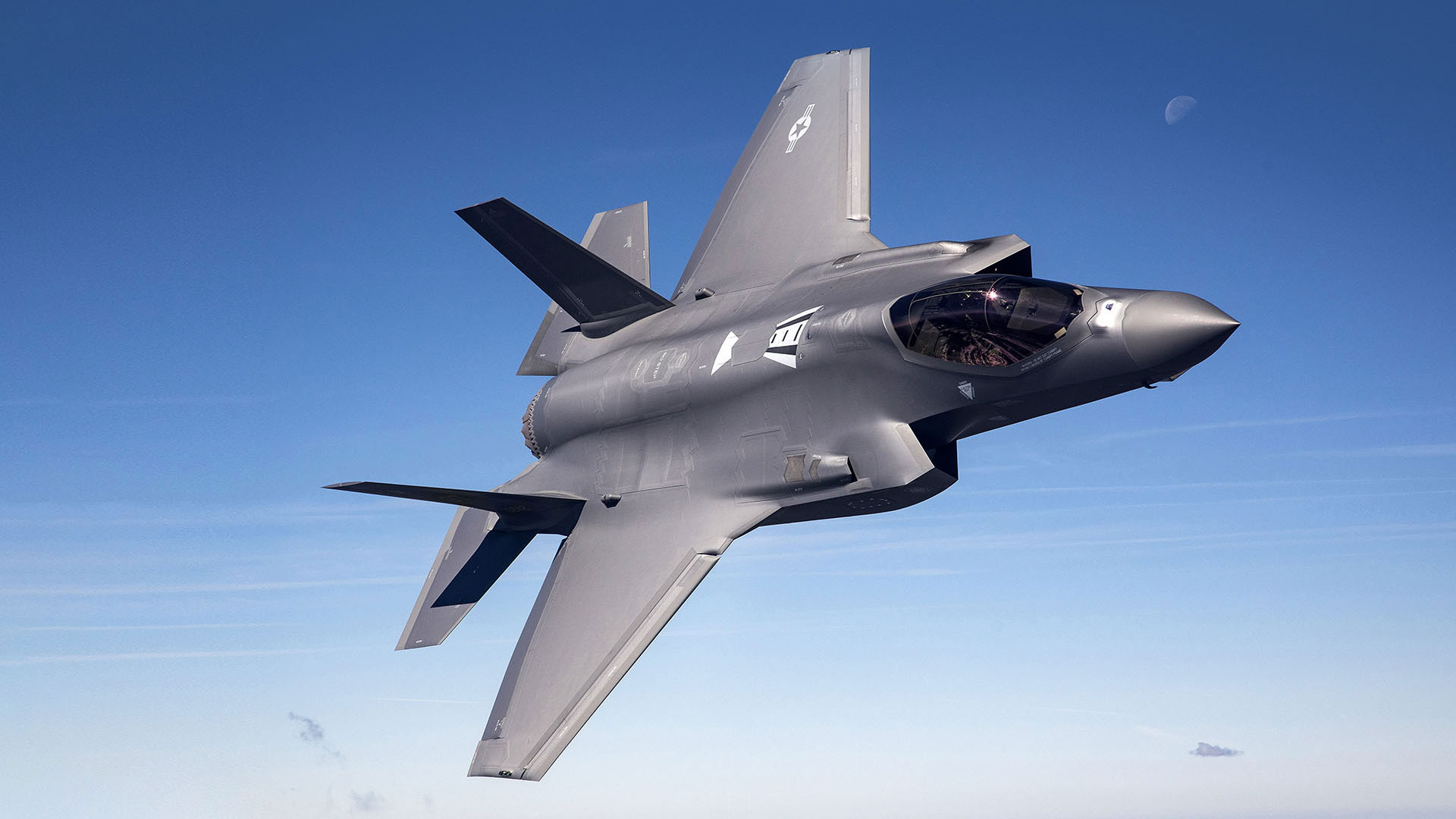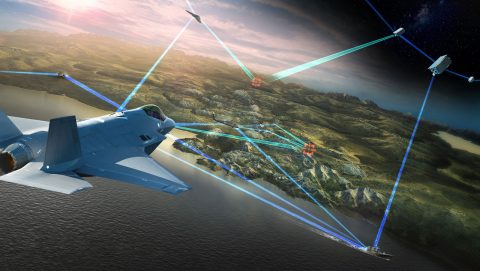When Milliseconds Matter: How Orion’s Launch Abort System Protects Astronauts
?
Always on Watch
On launch day, every element of Orion is poised for purpose. Among the most important is the launch abort system (LAS) — a slender tower mounted above the crew module, ready to provide astronauts with a swift and controlled escape if the mission requires it.
?
From the moment the crew boards Orion and the hatch is closed, the LAS is quietly standing guard. Should it be called into action, it can respond in milliseconds — whether on the launch pad or during ascent — separating the spacecraft from its rocket, guiding it to a safe trajectory and clearing the way for a return to Earth.
?
How it Works
The 44-foot-tall LAS uses a sequence of three solid-rocket motors to carry out its mission:
- The?abort motor, provided by Northrop Grumman, fires first to deliver a rapid, powerful pull that separates the Orion crew module from its service module and screams away from the rocket.
- The attitude control motor (ACM), also provided by Northrop Grumman, steers the crew module to a controlled flight path away from potential hazards.
- The jettison motor, manufactured by L3Harris Technologies, discards the LAS once Orion is in a safe position or on its intended course to orbit.
?
?
Unlike “pusher” designs — where engines mounted below the crew capsule push it away from the rocket — Orion’s LAS is a “puller” configuration, with its abort motor located above the crew module. This design offers key advantages for deep-space missions:
- The abort motor sits farther from the crew, improving safety and simplifying separation.
- It’s aerodynamically stable for better control during critical phases like Max Q, the moment where the vehicle experiences the highest atmospheric pressure during launch.
- It is jettisoned to reduce weight and drag once its job is done.
?
Built for Reliability
Constructing the LAS is a collaborative effort spanning multiple companies and facilities. The abort and attitude control motors are built in Magna, Utah and Elkton, Maryland, respectively, and the jettison motor is built in Sacramento, California and Orange, Virginia. For NASA’s Artemis program, the aerodynamic fairings — four panels that shield Orion during ascent — are made by Lockheed Martin at NASA's Michoud Assembly Facility outside of New Orleans and installed at NASA’s Launch Abort System Facility (LASF) at Kennedy Space Center. The complete system is integrated with the Orion crew module and service module at the LASF, and then Orion with the LAS on top is taken to NASA’s Vehicle Assembly Building (VAB) for stacking atop the Space Launch System (SLS) rocket.
Years of development and rigorous testing have proven the LAS can perform exactly as intended. The Pad Abort-1 test in 2010 demonstrated its ability to safely pull Orion away from the launch pad. In 2019, the Ascent Abort-2 test validated the system’s performance during the most intense conditions of flight. These and numerous motor ground test-firings confirm LAS readiness for crewed Artemis missions.
During the Artemis I mission in late 2022, Orion was launched with a LAS on top and the jettison motor worked flawlessly. The abort and attitude control motors were inert as no crew were onboard.
?
?
Protecting the Path Forward
For Lockheed Martin and NASA, the LAS is more than a piece of engineering — it’s peace of mind. It reassures astronauts, their families and the mission teams that a rapid, reliable safety system is always in place on a bad day. As Artemis missions prepare to carry humans farther than ever before, that assurance is vital.
In human spaceflight, safety is the foundation for exploration. Orion’s Launch Abort System stands ready as the first and fastest safeguard, helping ensure that every journey toward the Moon — and beyond — begins with confidence.





